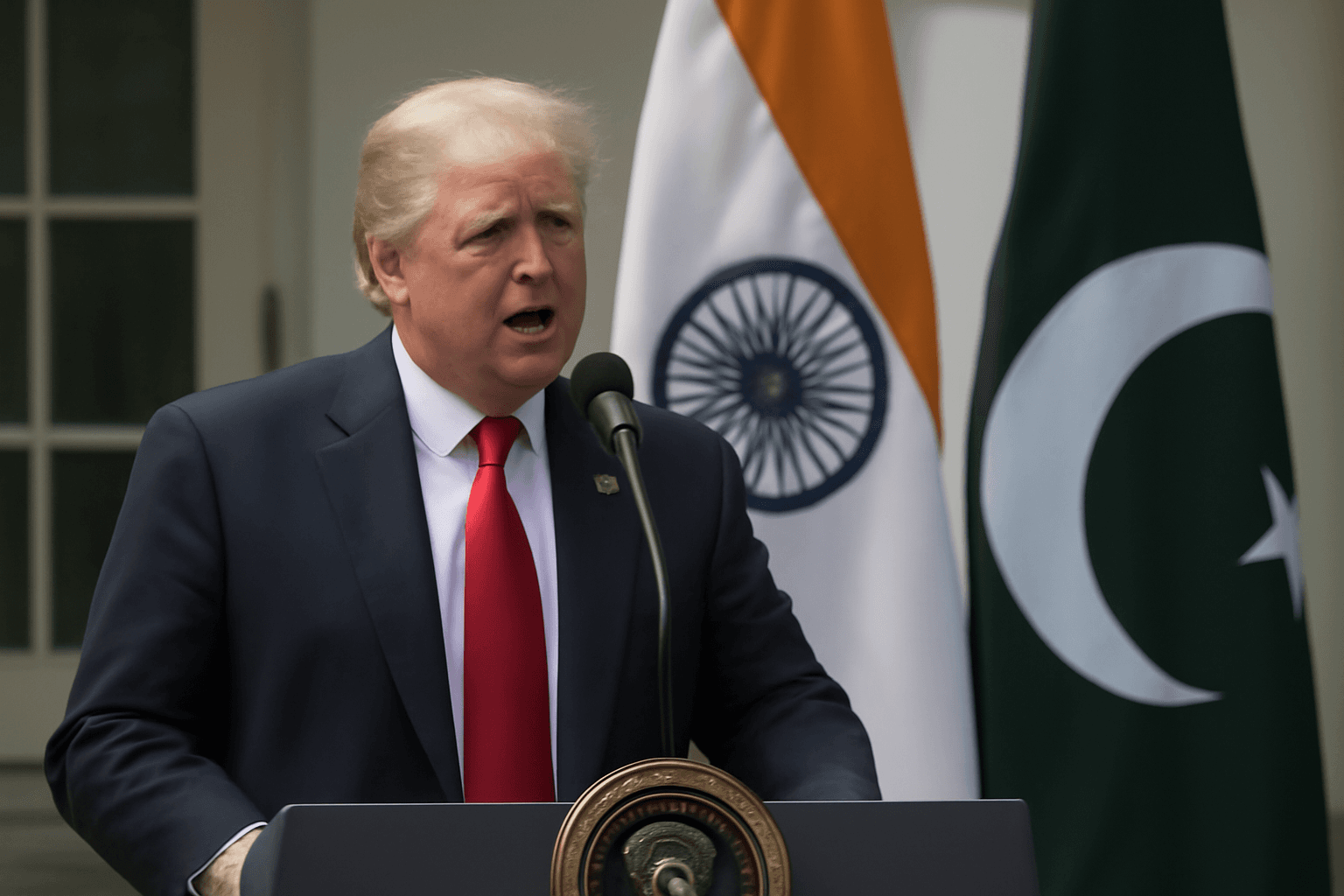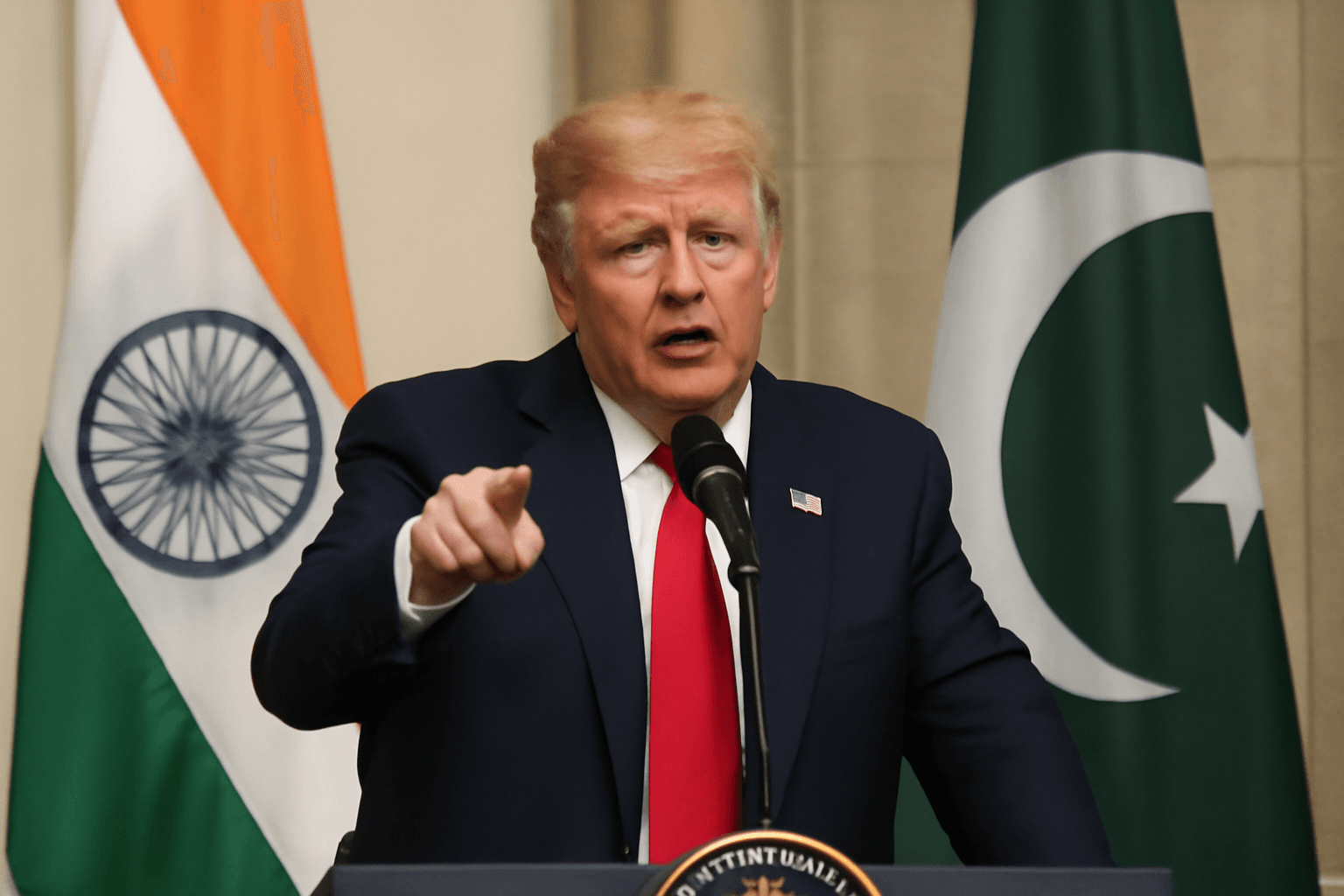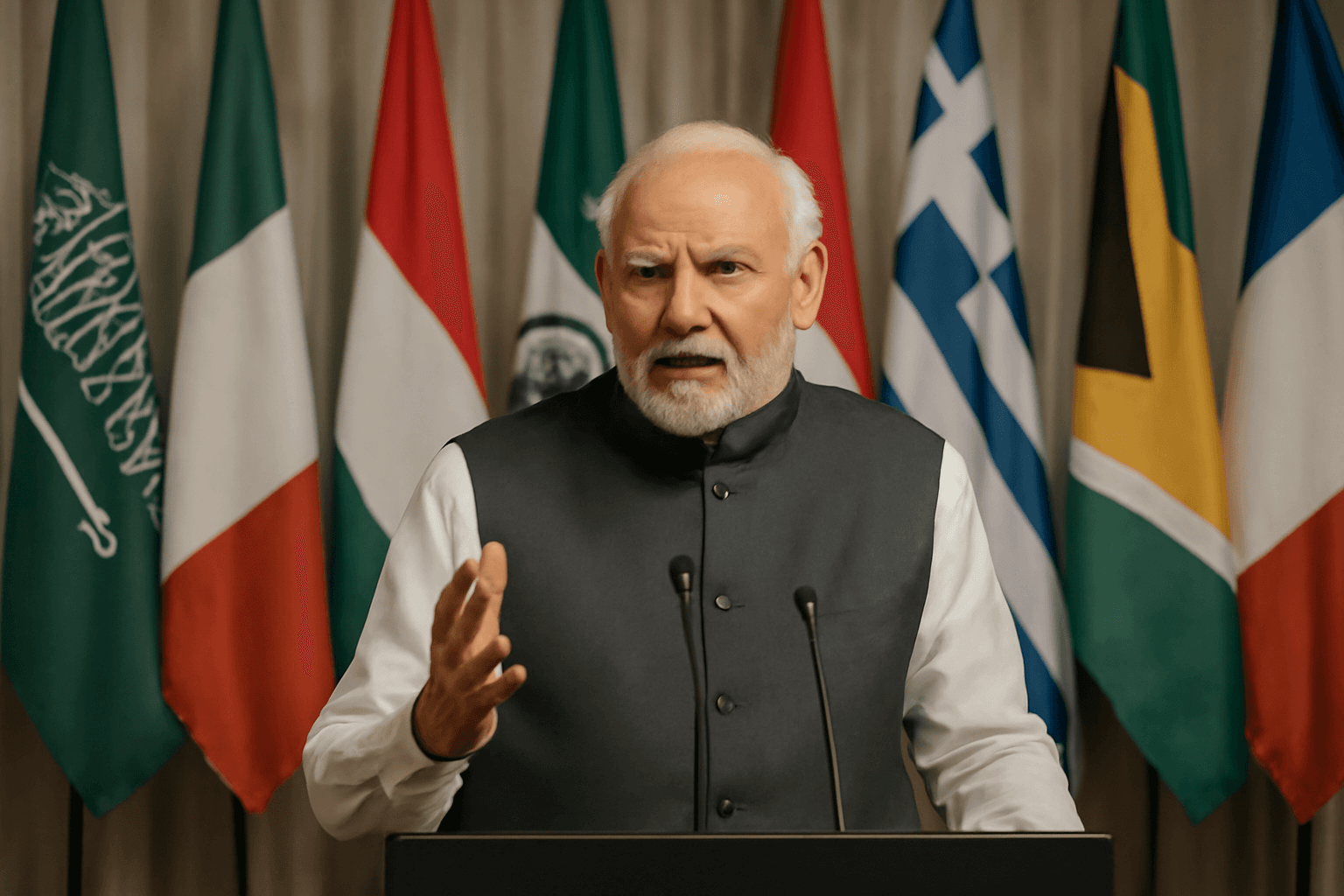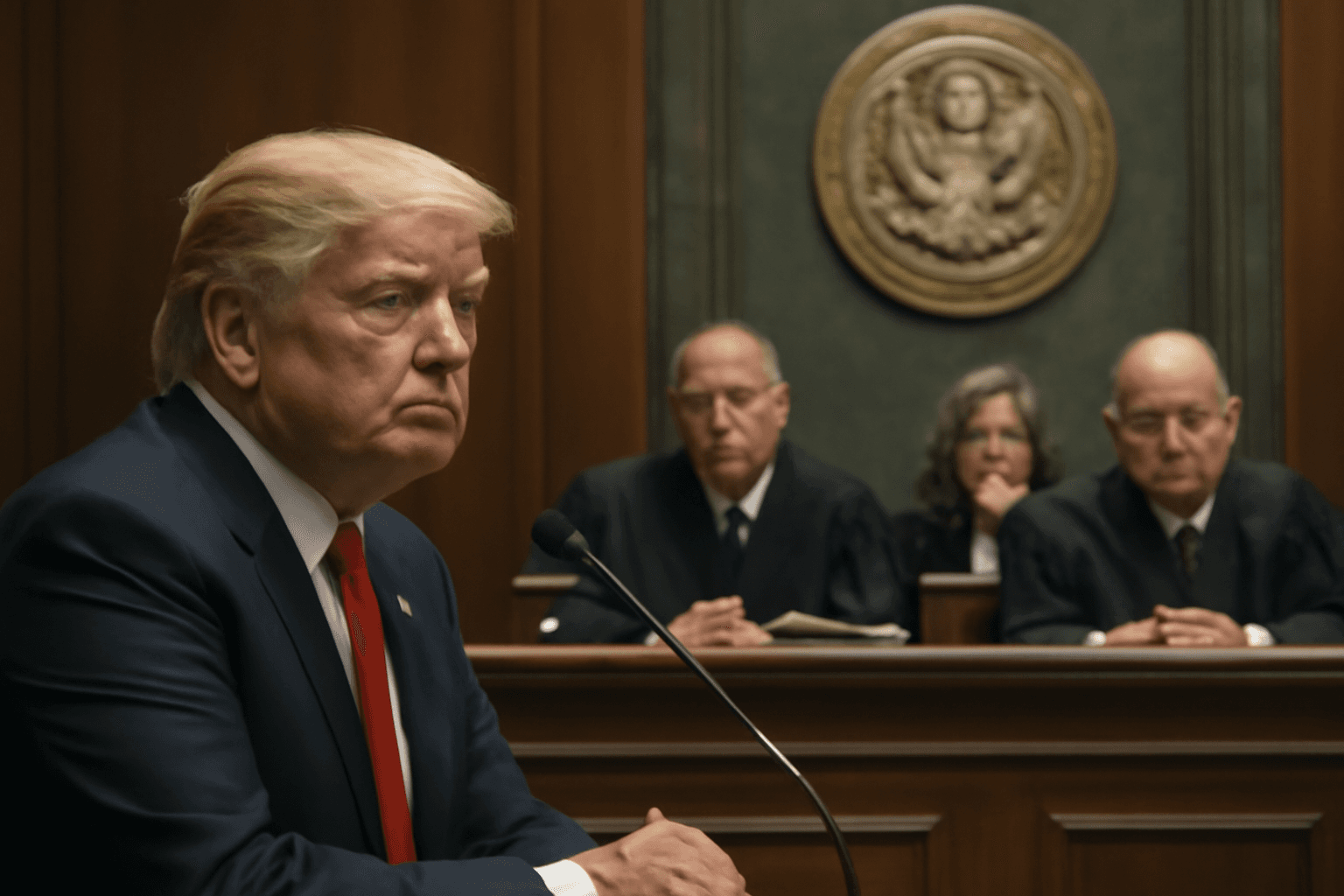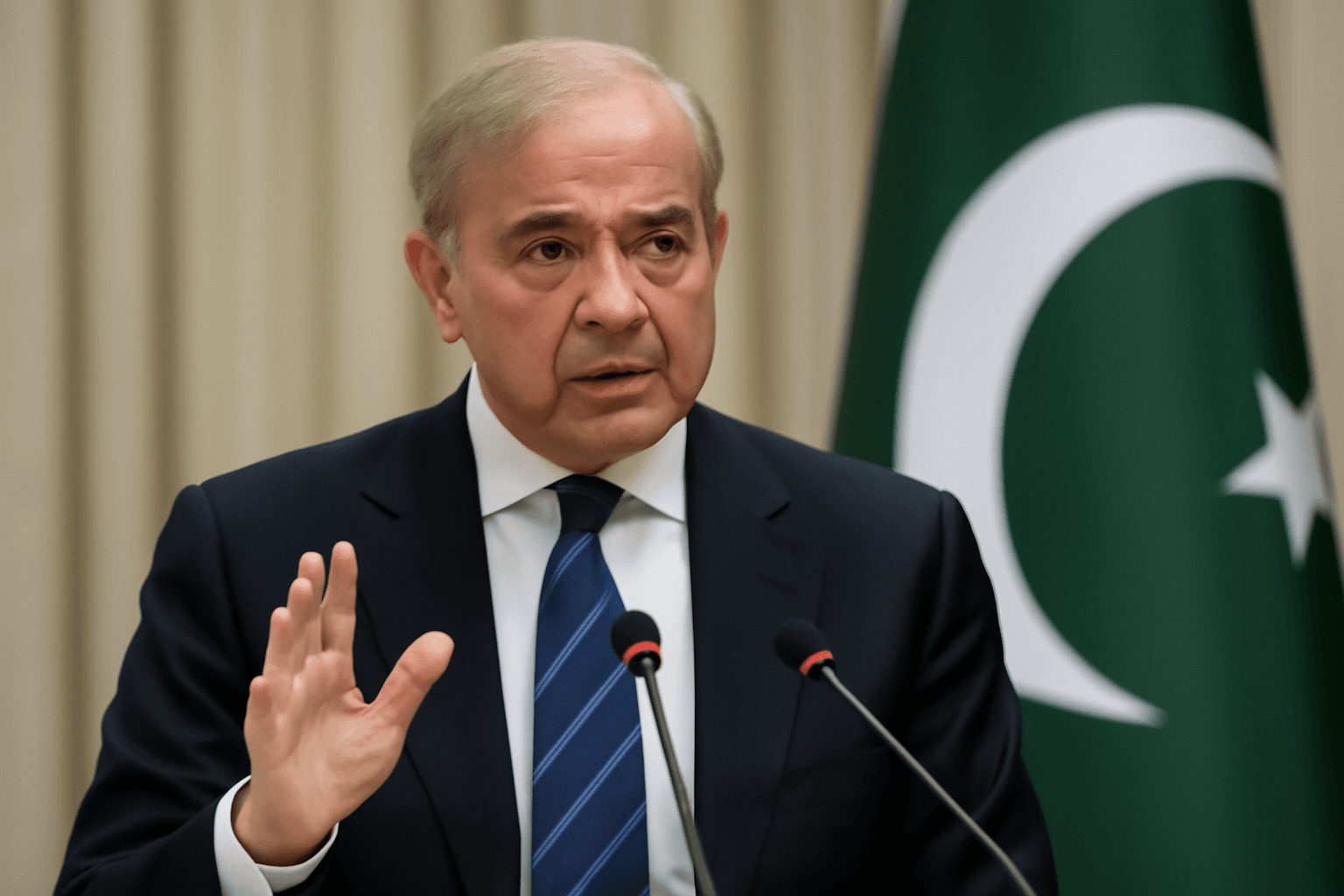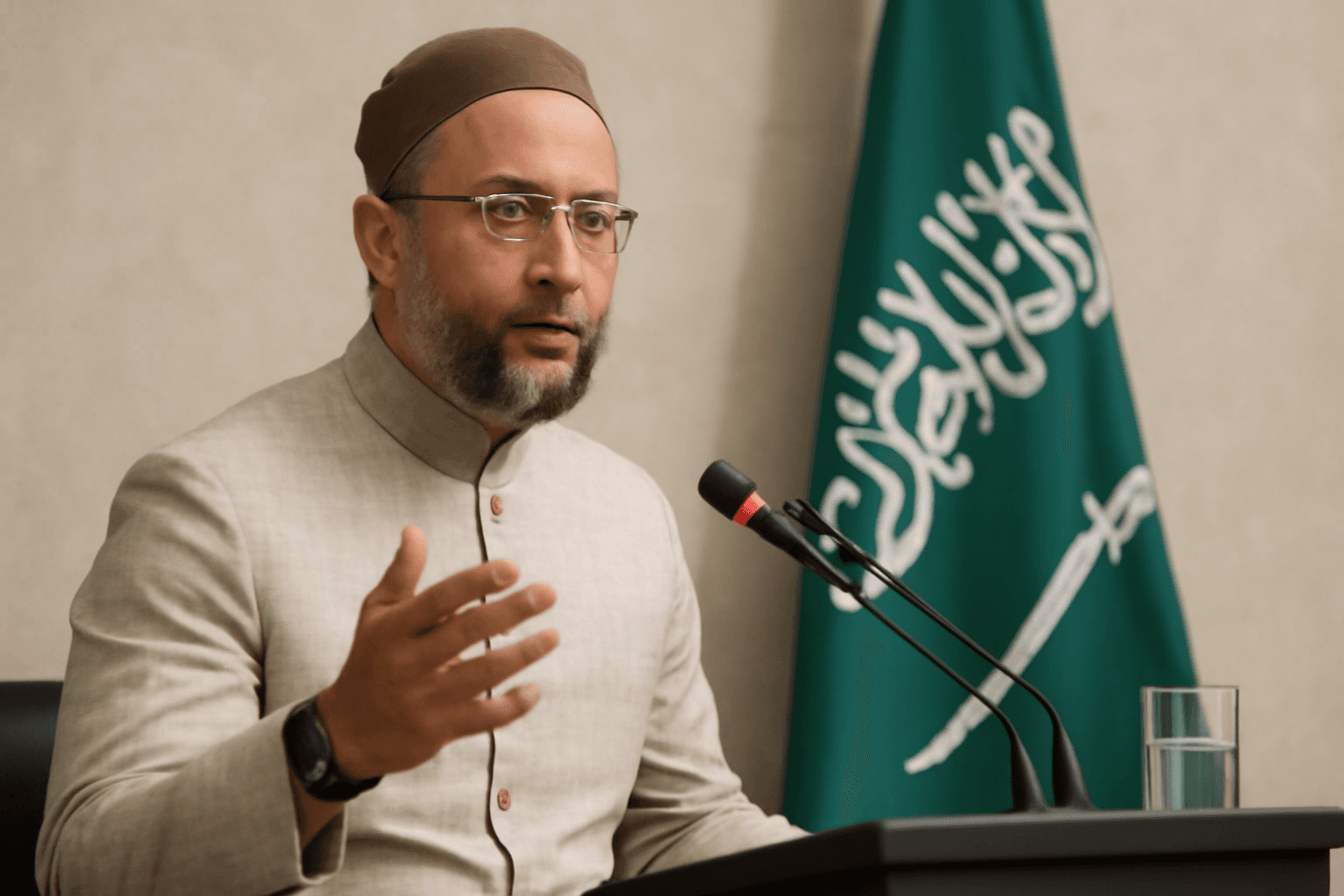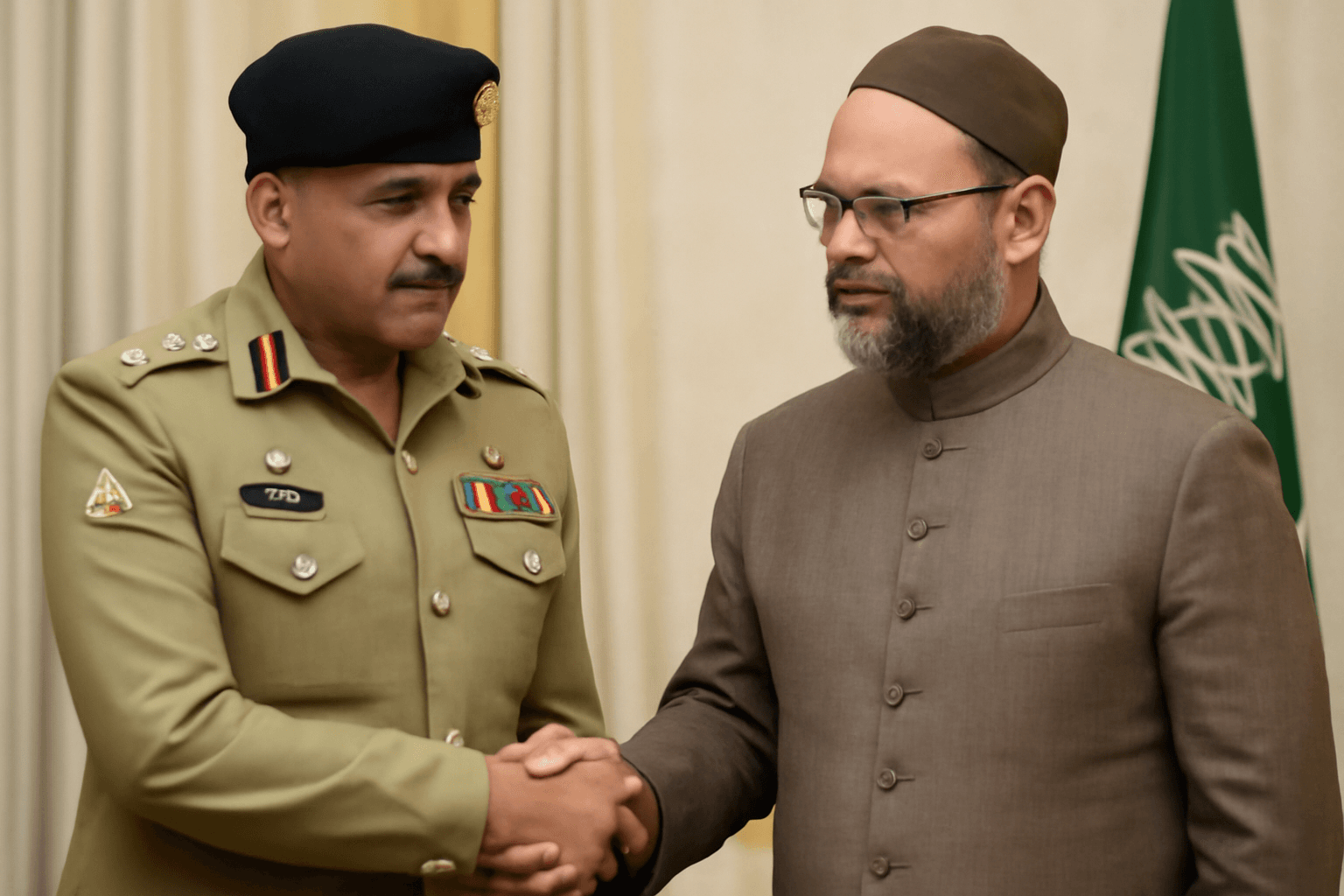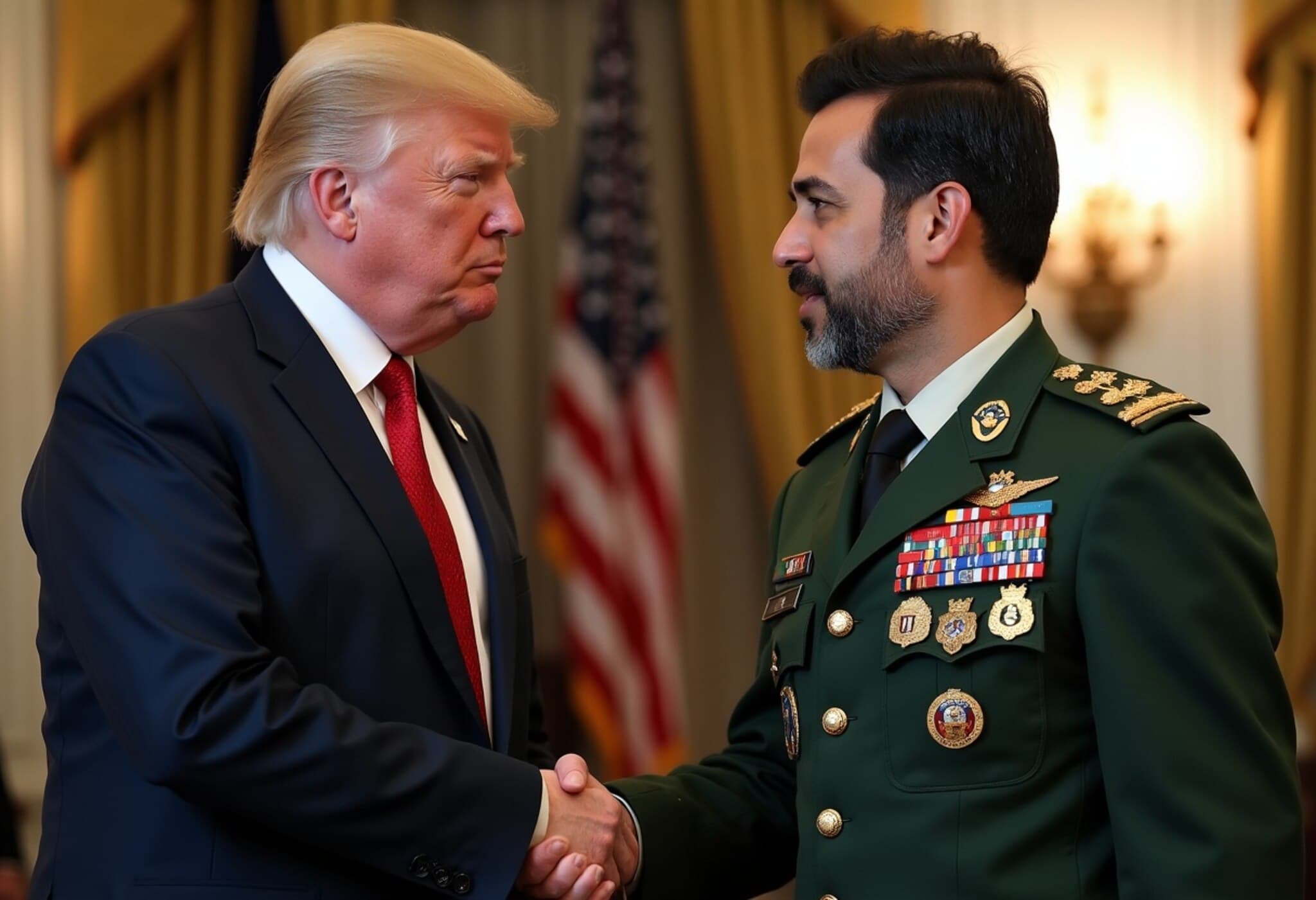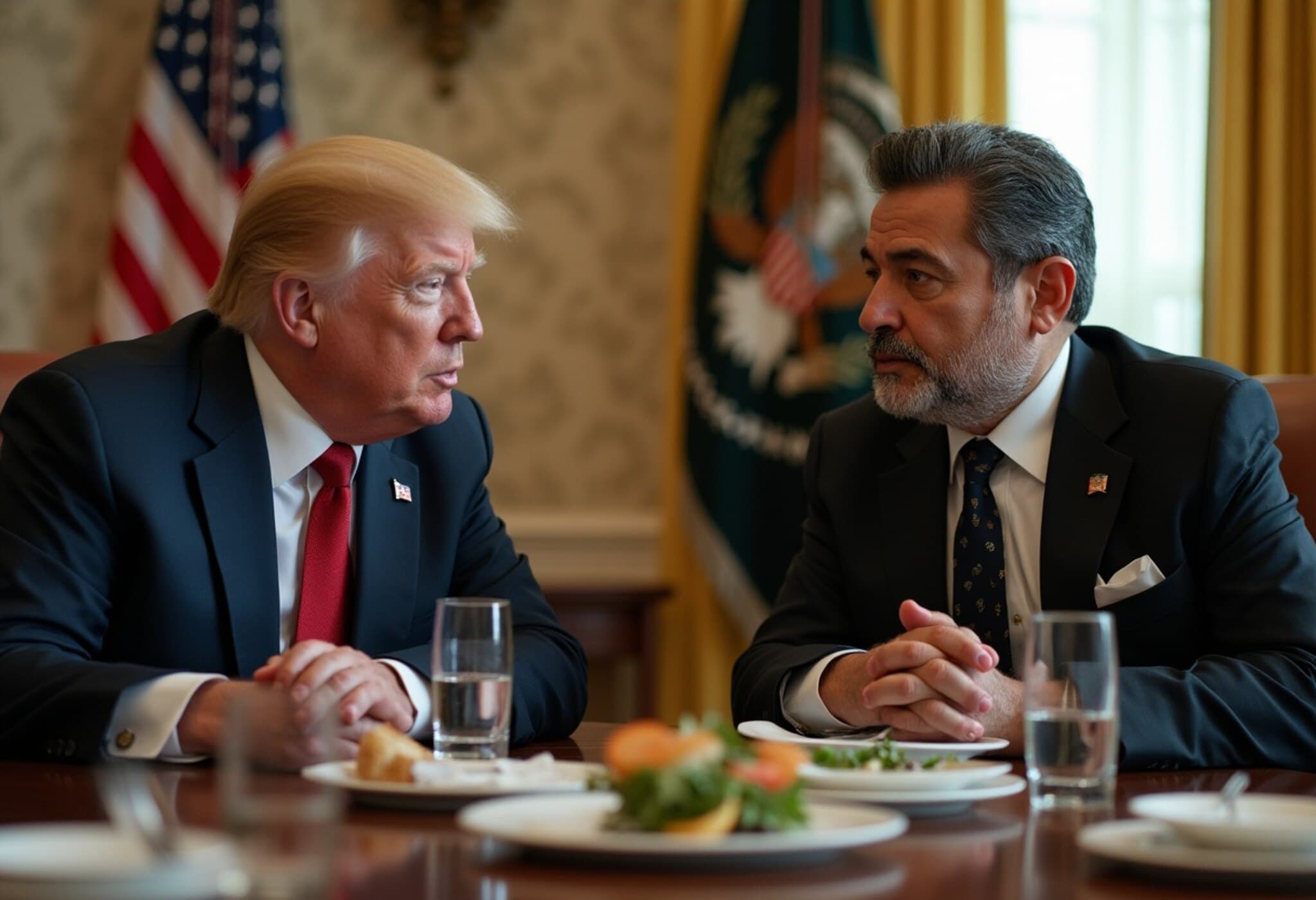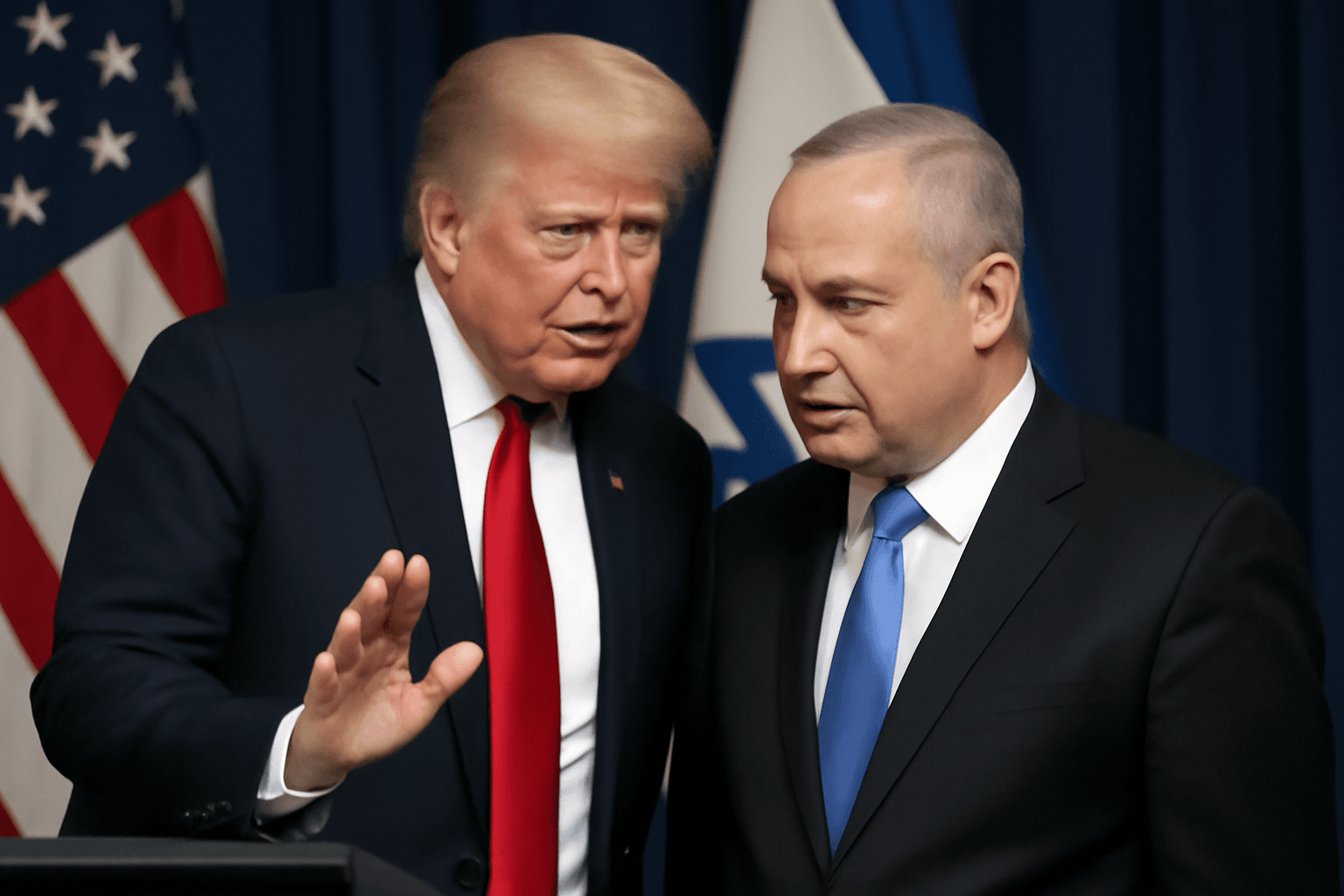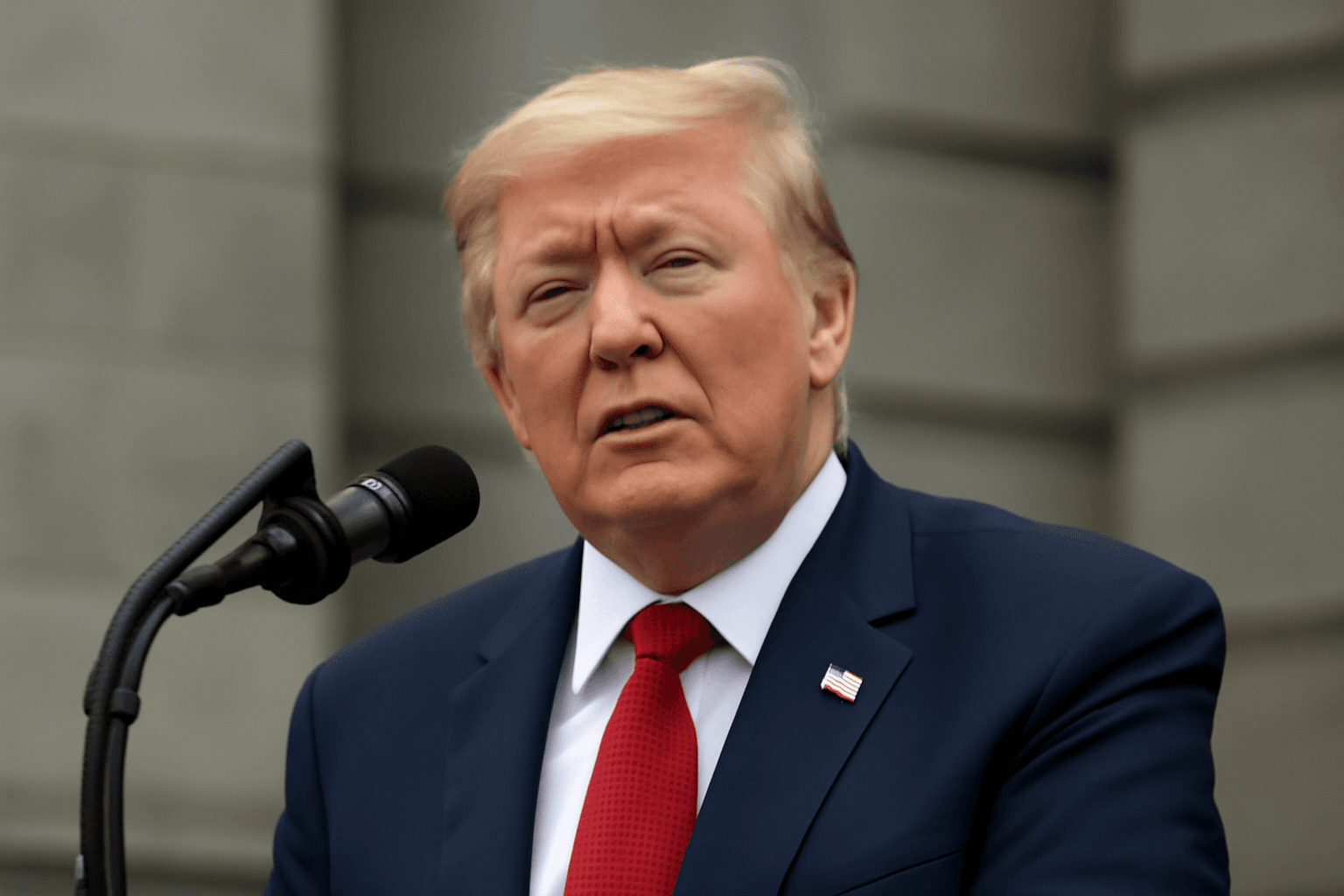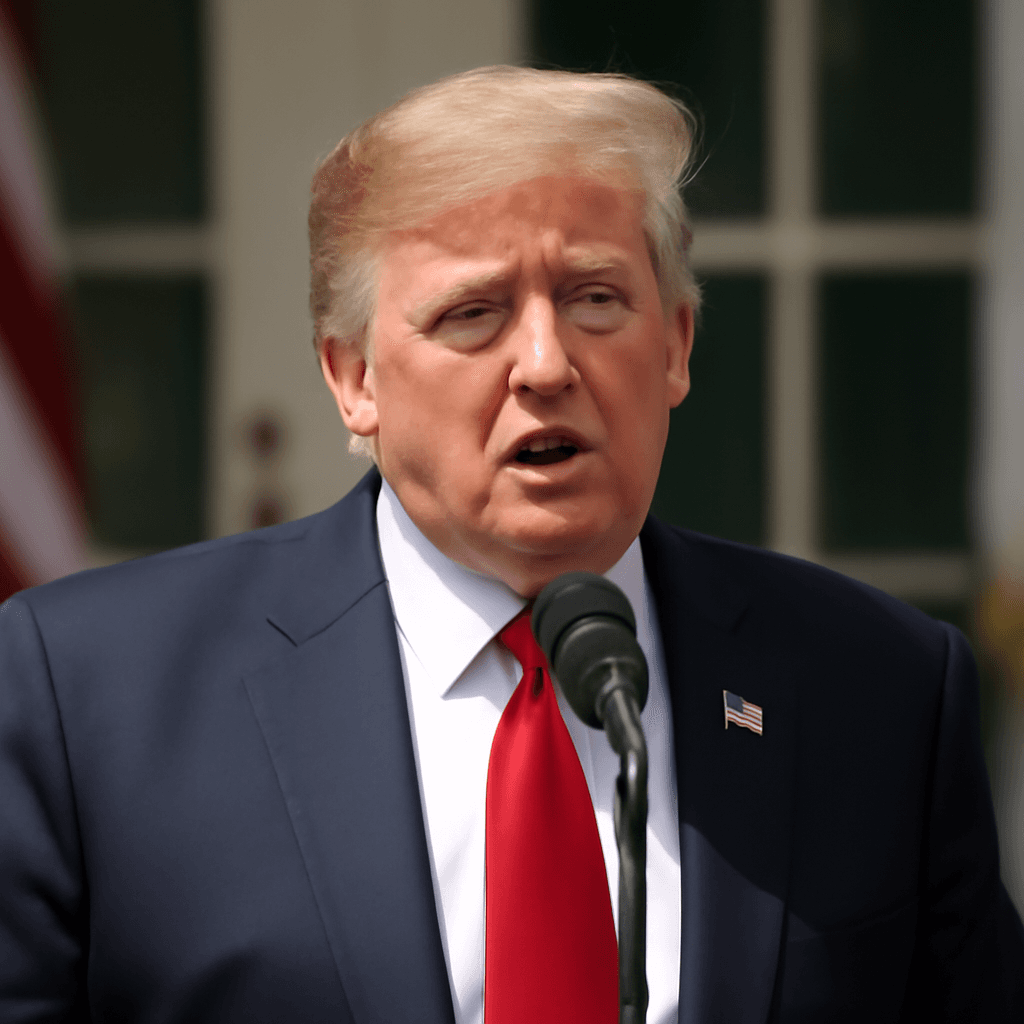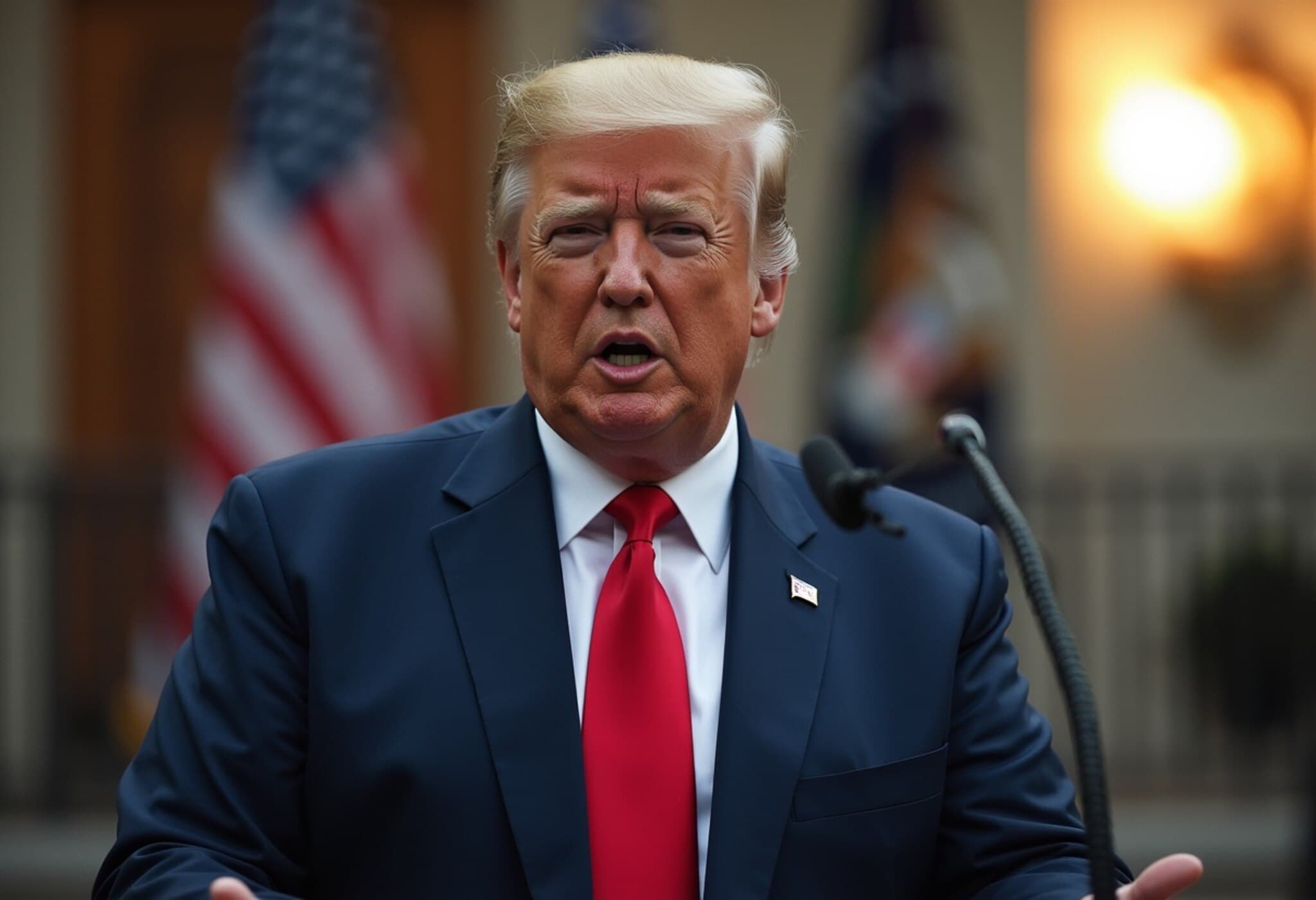Trump’s Closed-Door Meeting Poses Tough Choices for Pakistan’s Army Chief
In a rare two-hour private meeting, US President Donald Trump engaged Pakistan’s Army chief, Field Marshal Syed Asim Munir, signaling a warming of relations—but not without complications. While Trump offered generous incentives, he also presented demands that could strain Pakistan’s longstanding alliance with China and challenge its traditional foreign policy.
The Delicate Balance of Pakistan’s Foreign Partnerships
Trump’s outreach is interpreted as a breakthrough in US-Pakistan ties, yet the implications run deeper than surface-level diplomacy. Central to the discussion was Trump’s insistence that Pakistan distance itself from China—a request that clashes with Pakistan’s entrenched political, economic, and military commitments.
China currently accounts for approximately 23% of Pakistan’s trade and stands as the largest foreign investor, contributing nearly 40% of foreign investment. The flagship China-Pakistan Economic Corridor (CPEC) alone drives around 2 to 2.5% of Pakistan’s GDP. Militarily, Pakistan sources about 80% of its military imports from China, underscoring the weight of this partnership.
Trump’s Concessions Come With Strings Attached
Trump outlined a compelling package including advanced fifth-generation fighter jets, substantial financial aid, and new trade and security agreements. However, these offers hinge on Pakistan granting access to its military bases and seaports and scaling back ties with China and Russia.
Moreover, Trump reportedly expects Pakistan to side with the US in potential hostile actions against Iran, aligning with Israel—a stance that contradicts Pakistan’s long-standing policy and regional dynamics.
A Diplomatic Tightrope for Asim Munir
For Munir, this sets up a precarious predicament. Accepting Trump’s terms might erode decades of alliance and economic interdependence with China, effectively reshaping Pakistan’s geopolitical landscape. Yet, declining outright after receiving such an offer risks losing diplomatic leverage and face in negotiations with the US.
Finding a middle ground could prove equally risky, potentially displeasing both Washington and Beijing at a time when maintaining strategic balance is crucial for Pakistan.
Historic U.S.-Pakistan Engagement Marks a Shift
This meeting marked the first time a sitting US president met directly with a Pakistani army chief in his military role—breaking from past precedents where such engagements occurred only when army chiefs assumed head-of-state roles after coups.
Trump’s overtures come amid complex regional dynamics, including his public but controversial interventions in India-Pakistan conflicts and involvement in broader South Asian security issues.
Analysts highlight that Trump’s approach reflects his characteristic dealmaking style, seeking tangible benefits in return for US engagement. Pakistan is being nudged to contribute more substantially to US strategic interests in South Asia, including enhanced cooperation in areas like counter-terrorism, mineral resources, and emerging technologies.
Conclusion
The serious challenges outlined in this private meeting underscore the difficult choices facing Pakistan’s leadership. Balancing Beijing’s strong economic and military partnership against lucrative offers from Washington demands nuanced diplomacy. How Pakistan navigates this tightrope will have lasting implications for its foreign policy and regional alignment.


